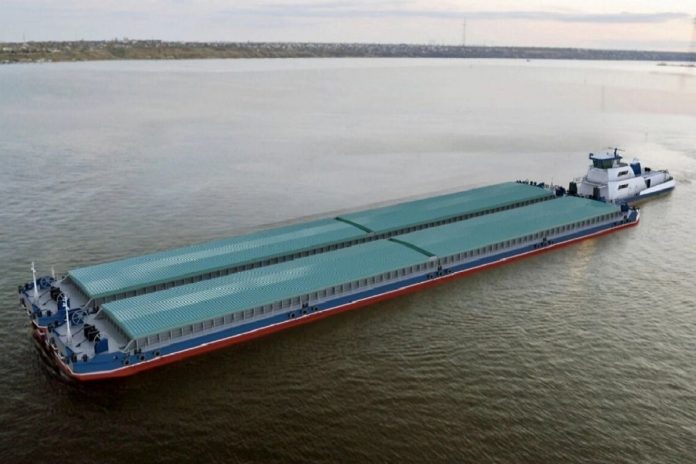Snapshot
India aims at addressing infrastructure gaps in waterway development, with the commissioning of more water terminals.
Highlighting the new opportunities in waterways between India and Bangladesh, the government has said that they are faster, cheaper and environment-friendly.
Addressing the senior members and industry stakeholders at the summit on ‘Waterways — Connecting People — India & Bangladesh’, Ports, Shipping and Waterways Secretary Sanjeev Ranjan, said that waterways turn out to be sustainable and more ecofriendly than other modes of transport.
Admitting that there are infrastructure gaps in waterway development, Ranjan said that more water terminals need to be commissioned to tap opportunities in cruise tourism, freight and passenger transportation.
Ranjan stated that the government has worked hard to ensure that all the policy glitches which existed in the inland waterways have all been out in place for smoother trade transactions between India and Bangladesh.
Government has opened up new opportunities on both sides to further harness the India-Bangladesh trade relationships, added Ranjan.
Appreciating the industry chamber for organising the inland waterways summit, Ranjan urged industry members to harness existing opportunities that are on the table, to be able to reduce cost of transaction and trade between India and Bangladesh as both are emerging as major trading partners.
Inland Waterways Authority of India Chairman Sanjay Bandoupadhayay stated that India has a total 20,000 km of length out of which 14,500 is navigable.
India has 19 operational waterways for cargo movements and 25 for passengers.
He also mentioned that revival of historical river linkages between India and Bangladesh are also in line. All these developments will lead to immense trade opportunities between both the countries. The main objective is to improve the regional trade potential through Inland Waterways in South East Asian countries, said Bandoupadhayay.
Commodore Golam Sadeq, Chairman, Bangladesh Inland Water Transport Authority, said that India and Bangladesh are natural partners. He mentioned that there are immense opportunities in the maritime sector and a lot has been already done to promote smoother trade with India.
Since 2001, 40 per cent trade volume has increased and a lot more to be expected in the coming future. One of the main focuses is to provide cruise facilities to promote tourism between both countries, Commodore Golam Sadeq.
India’s modal share of freight moved on inland waterways has significant potential to improve compared to other best in class benchmarks. It is imperative to increase the share of the country’s inland waterways as they are highly economical and an eco-friendly mode of transport.
Steps are being undertaken to reduce the logistics expense and further reduce the transit time by 67 per cent, between India and Bangladesh.
India needs a unified digital platform for National Waterways that augments inland waterways infrastructure to drive higher usage of waterways.
A unified digital platform will result in transparent availability of information, higher stakeholder interaction, increased traffic on inland waterways, safe voyages, better communication, enhanced monitoring and increased public-private investment.
According to the data, 8,480 kilometres of the navigable waterway of Bangladesh could be utilised for transportation and distribution of goods between Bangladesh, India, Nepal and Bhutan which could anchor robust business relations through the optimal and holistic development of the ecosystem of waterways.
Regular movement of cargo through waterways will also create job opportunities and open the international market for local products through cost-effective transport.
With the accessibility of inland waterways transport, trade between India and Bangladesh is expected to increase and generate more traffic growth on the national waterways.


